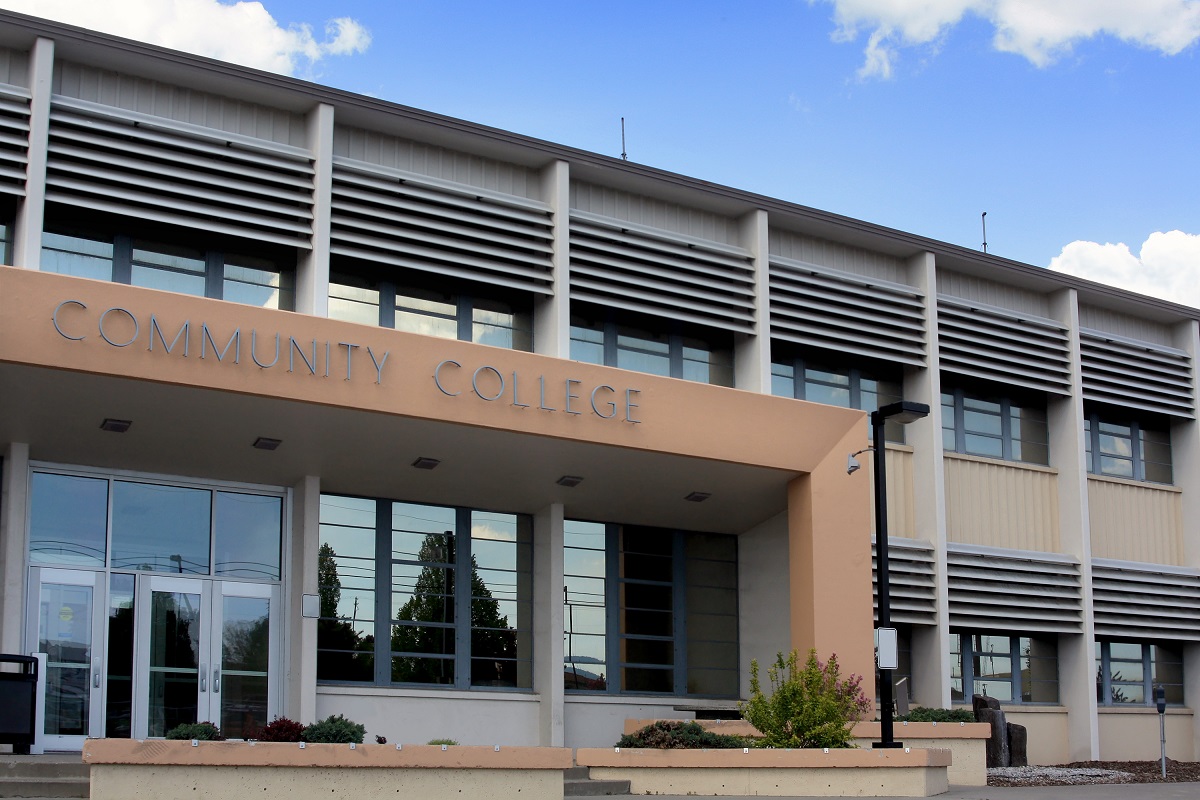RAND American Teacher Panel findings released Aug. 29 show 40 percent of grade 3-8 teachers hold misconceptions about how students develop word-reading skills, and almost 75 percent say that they need access to more resources to identify and support students with reading difficulties.
The San Mateo County Office of Education started the 2024–25 school year with efforts to do just that: support school districts in implementing the science of reading to improve literacy levels across the county.
“Our vision is to empower teachers with research-based practices aligned with the science of reading,” said Gwenn Lei, San Mateo COE’s executive director of Curriculum and Instruction Services. “We are actively collaborating across departments to engage district leaders in identifying their specific needs and tailoring our support to address the unique challenges each community faces. This approach ensures that our county office can provide targeted assistance, fostering a strong foundation in literacy for all students.”
The science of reading is an approach that includes the explicit, systematic and sequential teaching of the foundations of language — including how letters sound individually (phonemic awareness) and alongside others within a word (phonics) — in addition to vocabulary, reading fluency and comprehension.
A growing body of research links this structured literacy method with benefits including improved reading proficiency, higher levels of comprehension and reduced disparities in reading achievement among historically underserved student groups, such as those with dyslexia, multilingual learners and low-income youth.
In San Mateo County, these student groups were in the two lowest performance levels on the 2023 California School Dashboard.
In addition to helping local districts adopt curriculum that aligns with the science of reading, the county office provides technical assistance to district coordinators and has created resources that introduce educators to the science of reading. Last spring, San Mateo COE hosted a speaker series featuring experts on the neuroscience behind the science of reading and best practices when considering multilingual learners and students with dyslexia.
In preparation for the new school year, COE leadership incorporated the science of reading in its annual Transitional Kindergarten Institute and launched comprehensive, two-year professional learning communities for early childhood and elementary educators and administrators.
“While districts and schools have historically employed varied approaches to teaching reading, our current guidance encourages teachers to be more deliberate and intentional,” Lei said. “We are asking educators to incorporate research-based science of reading strategies into their existing literacy instruction, enhancing and refining their practices to better serve all learners. This shift represents a commitment to continuous improvement and ensuring that every child receives the most effective reading instruction possible.”
In San Mateo and local educational agencies throughout the country, findings from the latest RAND survey suggest that, given the high proportion of their students who have difficulty reading, late elementary and middle grade teachers who teach both English language arts and other subjects need evidence-based support to improve students’ reading skills.
Researchers provided recommendations for policymakers to address this need, including providing:
- Support in identifying students who are having difficulty and with which reading skills students need help to master. In addition to support for younger learners, states should provide LEAs with resources dedicated to implementing diagnostic literacy assessments for older students.
- Additional staff including well-trained tutors to provide targeted interventions.
- High-quality, developmentally appropriate digital resources that will allow students to practice reading independently beyond in-class time.
- More training on how to help students who are experiencing difficulties with word reading, vocabulary and reading comprehension, particularly for supporting older students.





